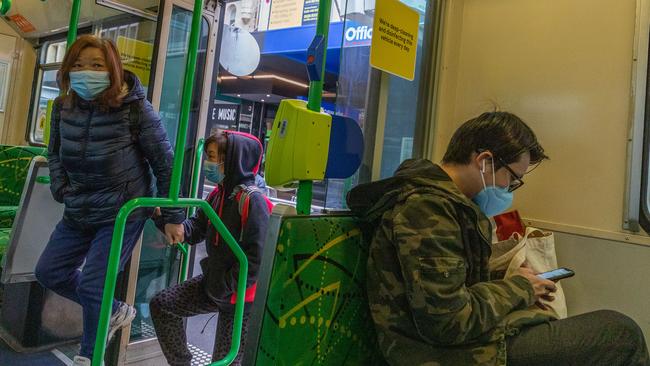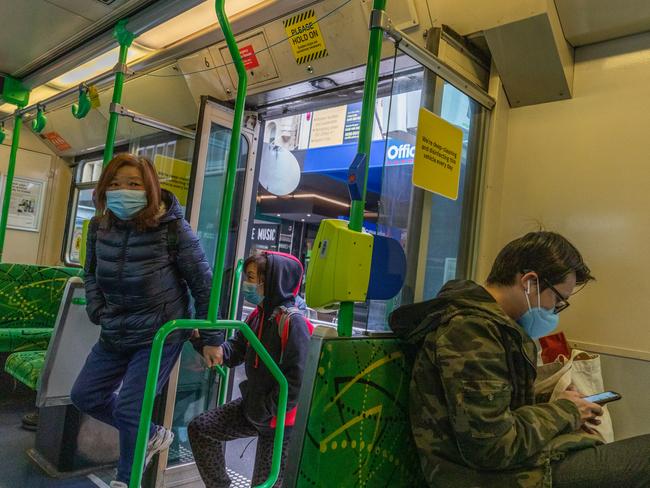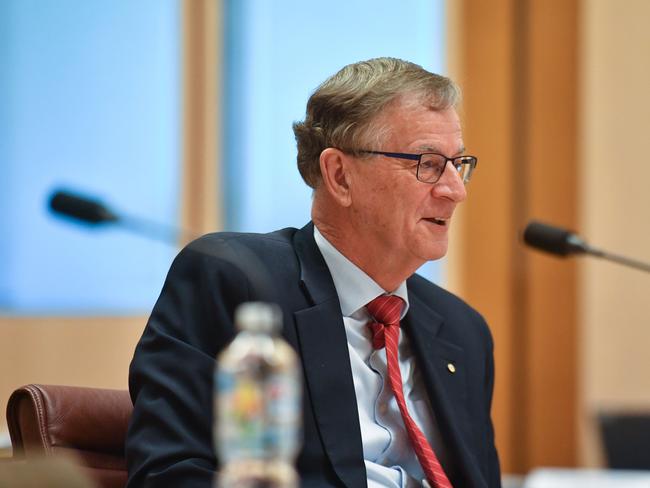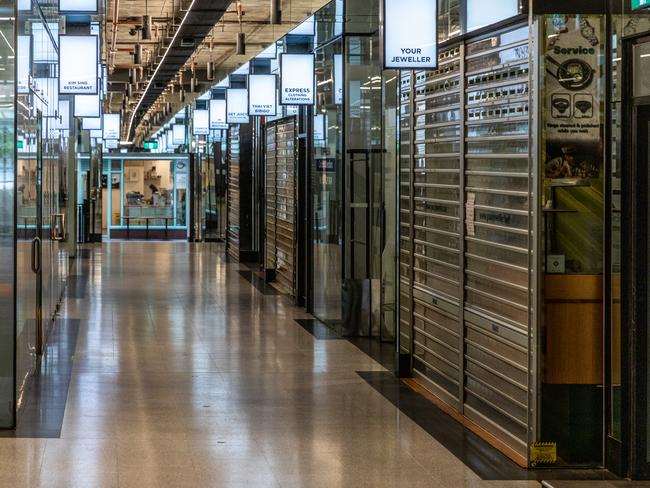Grim lockdown prediction as world nears a million COVID-19 deaths
It has taken just nine months for global deaths from coronavirus to pass the one million mark, and Australians are being warned they will face the repercussions for years to come.

Australians will face limits on their activities and movements for two or three years because of coronavirus, an Australian expert has warned.
With the world today reaching a grim milestone of one million COVID-19 deaths, Professor Peter Collignon says even with a vaccine there is no end to some elements of lockdowns in the near future.
“I think actually the trouble is everybody is looking at this too short term, even in Melbourne, ‘Ah, we’ll do all this hard lockdown and then the problem will go away’, well I don’t think the problem goes away,” said Prof Collignon, an infectious diseases physician and microbiologist at Canberra Hospital and professor at the Australian National University Medical School.

He explained a vaccine would need to be 90 per cent effective and noted that we still face influenza and swine flu despite having vaccines – the vaccine for swine flu being “probably 70 or 80 per cent effective”.
“I hope I’m wrong and magically we’ll get a vaccine of 90 per cent efficiency before the end of next year, but if you ask me do I think that very likely, no, I don’t,” he said. “So while we might get protection from a vaccine that maybe will behave like influenza (vaccine), better than nothing, that will not stop the spread and the problem is because this is a virus with much higher mortality than influenza, I think restrictions are with us for some time to come and basic precautions we are going to have to continue for some time to come.”
His comments come as the global death toll officially tops one million, and the World Health Organisation warns available figures probably underestimate the true impact of COVID-19.
At 11am (AEST) Tuesday, Johns Hopkins University, which has been collecting data throughout the pandemic, had the global death toll at 1,000,555.

Dr Mike Ryan, of WHO’s health emergencies program, said: “If anything, the numbers currently reported probably represent an underestimate of those individuals who have either contracted COVID-19 or died as a cause of it.
“When you count anything, you can’t count it perfectly but I can assure you that the current numbers are likely an underestimate of the true toll of COVID.”
The US has already surpassed its own tragic marker, with more than 200,000 deaths – one in five of the lives lost worldwide – and the impact on the Americas region as a whole has been devastating.
At the beginning of this year, there was considerable fear at the modelling of deaths from COVID-19, which Professor Collignon says was flawed because the models didn’t account for changing behaviour and government intervention.
But there are still today significant differences in mortality rates between countries.
Johns Hopkins University, which supplied the data for the graphs below, explains this can be affected by, among other things, the number of people being tested and whether milder cases are being picked up, as well as demographics, as we know the elderly are at highest risk.
Professor Collignon agrees: “The thing about the mortality rates is it’s very dependent on age and it’s very dependent on how many cases you find … so in Australia in the first wave, I think we had a mortality rate of 1.4 per cent, but it was very different, if you were over the age of 80 if you get COVID you’ve probably got at least a 10 per cent chance of dying, but if you’re 25, your chance is probably one in 5000.”

He also points to England where a niece who fell ill in April couldn’t get tested. “You get a bias early on because the only people you’re testing are those really sick who come into hospital and, guess what, they have a high death rate.”
And he notes: “Singapore is interesting because they’ve got a really low mortality rate and they do a lot of testing but the reason they’re so low is because the vast majority of infections are in their imported migrant workers who are in their 20s and 30s.”
So what happens next? “People talk about elimination and that’s now being adopted as a strategy and I think that’s a mistake,” says Professor Collignon. “The reason being this is a respiratory virus, and there are only two viruses that I’m aware of that we have successfully eliminated and that is measles and rubella, or German measles, and we didn’t do that until we had a vaccine that was 90 per cent effective.”
He argues for an ongoing suppression strategy – and accepting it will be necessary for a few years – saying attempting elimination means hard lockdowns and “my view is for the extra pain you don’t get much extra gain”.
“California had a really severe lockdown and they’ve got another huge outbreak, and the same for Spain, so in my view we are going to have to live with ongoing restrictions for quite a while to come.”

Meanwhile Sweden has pursued a very different shutdown-free path.
“I guess we will be wiser in a few years’ time whether the Swedish model was the way to go. My own view is at the moment, no, because they’ve got something like a 20, or more than 20, times higher death rate per population than Australia,” says Professor Collignon. “We’ve had the deaths in Victoria, so that may not be the same numbers, but they had thousands of deaths with a population of over 10 million, so whichever way you look at it it’s still much higher than Australia per capita.”
Professor Collignon’s advice for Australia is continued social distancing and strict hygiene measures particularly indoors and in restaurants and bars.
“We are going to have ongoing restrictions in my view for at least another one, two years or longer, and we are not going to go back to 100,000 people all mingling together at the cricket ground and going on crowded buses and trains, I don’t think that’s feasible, personally. And I think we need to be very careful about how many people we let close together in restaurants and particularly bars and places like that … so I think there will be ongoing limits, and the issue will be you need to adjust it to the risk (at any given time).”
He added: “Even if we get it at low levels in Australia or eliminate it for a period of time, the reality is it’s everywhere around the world and it’s not going to go away and it’s in countries with poor resources that can’t manage it the same way as Australia, so there is an ongoing risk that it is going to come back.”
WHO Director General Tedros Adhanom Ghebreyesus put it succinctly as he urged global co-operation against the virus last week. “We sink or we swim together.”
• Graphs in this feature use data from reliable sources which update at different times, so numbers may not match
